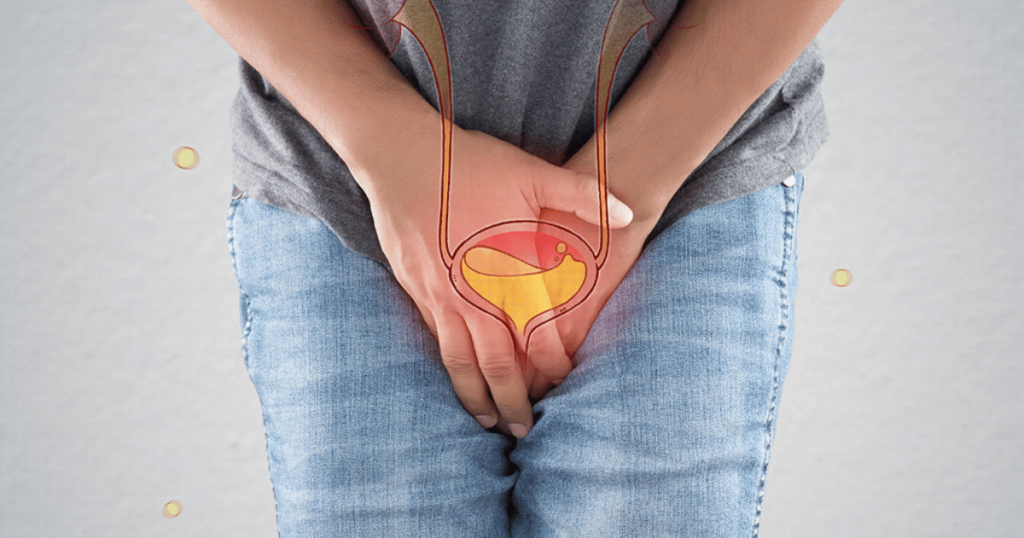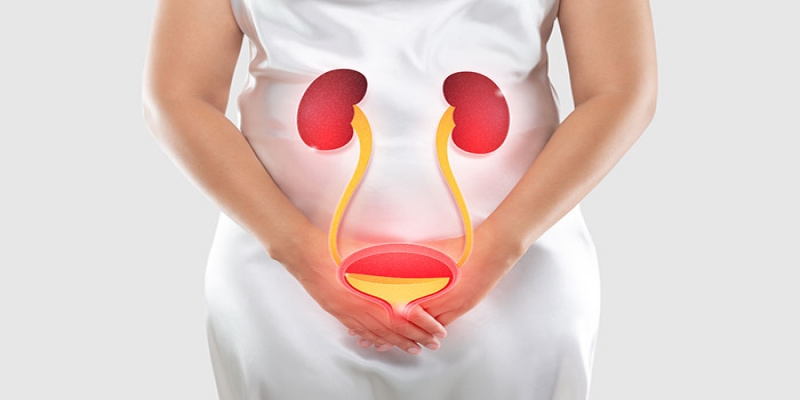
Do you often find yourself rushing to the bathroom or worrying about sudden leaks? Urinary incontinence is a common issue, especially for women over 40. It can be frustrating and embarrassing, making social situations stressful. Fortunately, you don’t have to simply accept it, and support is available. VTone offers a non-invasive option that may help strengthen your pelvic floor and support better bladder control. In this article, we’ll explore how VTone may assist in managing urinary incontinence symptoms.
What is Urinary Incontinence?
Urinary incontinence is when urine leaks unexpectedly due to a loss of bladder control. It typically happens due to a loss or weakening of control over the urinary sphincter.
This issue is quite common and affects many people. According to the American Urological Association, about one-quarter to one-third of men and women in the United States experience urinary incontinence.
Interestingly, urinary incontinence is more prevalent in women than in men. An estimated 30 percent of women aged 30 to 60 suffer from this condition. In contrast, only about 1.5 to 5 percent of men experience urinary incontinence.
People may face different symptoms. Some may feel a sudden urge to urinate, while others may experience leakage. Fortunately, various treatments are available to help manage these symptoms.
If you’re dealing with any form of incontinence or want to strengthen your pelvic floor, we at Jennifer Carly Aesthetic Medicine can help.
Who’s at risk for urinary incontinence?
Anyone can develop urinary incontinence, but it affects twice as many women as men. This difference is caused by reproductive health events unique to women. Events such as pregnancy, childbirth, and menopause can significantly impact the bladder, urethra, and the muscles that support these organs.

In addition, the female urethra is shorter than the male urethra. This anatomical difference means there are fewer sphincter muscles to hold back urine. Any damage to these muscles can lead to urinary incontinence.
It’s important to note that urinary incontinence isn’t always related to age. While it often develops later in life, many younger women also experience urine leakage. Factors such as high-impact activities, obesity, and underlying medical conditions can contribute to this issue at any age.
What causes urinary incontinence?
Urinary incontinence often develops due to underlying physical changes or medical conditions, including:
- Childbirth: Pregnancy and childbirth put immense strain on the pelvic floor muscles. Vaginal delivery, in particular, can stretch and weaken these muscles, increasing the risk of stress incontinence.
- Aging: As the body ages, muscles naturally lose strength, including those that support bladder control. A weaker pelvic floor makes it harder to prevent leaks.
- Hormonal Changes: Menopause triggers a drop in estrogen levels, which affects the tissues that support the bladder and urethra. This hormonal shift can contribute to incontinence.
- Obesity: Excess weight places extra pressure on the bladder and pelvic muscles. Over time, this strain weakens bladder control, increasing the likelihood of leaks.
- Neurological Disorders: Conditions like Parkinson’s disease, multiple sclerosis, and strokes can disrupt the nerve signals that control bladder function. This can lead to sudden urges, leakage, or difficulty holding urine.
What is VTone and How It May Help Support Pelvic Floor Function?
VTone is a registered device that uses intravaginal electrical impulses designed to support pelvic floor muscle engagement. This technology is intended to support pelvic muscle engagement, which may help with bladder control symptoms such as leaks and urgency. The treatment is non-invasive and painless for maximum convenience.
VTone may be a supportive option for managing certain urinary incontinence symptoms.. During the sessions, a gentle applicator is inserted into the vagina. This applicator emits energy waves that stimulate and contract the pelvic floor muscles. Consequently, this treatment is intended to support muscle conditioning, which may help reduce urinary incontinence symptoms.
Some clients choose a series of approximately six VTone sessions every two weeks, though individual requirements vary, and suitability should be discussed with a qualified healthcare provider.
VTone Treatments for Urinary Incontinence in Gawler, South Australia
Urinary incontinence symptoms may be supported with appropriate treatment approaches and pelvic floor care options. At Jennifer Carly Aesthetic Medicine, we provide personalised VTone treatments tailored to your needs. We will assess your condition and recommend the best approach for you. Contact us today to learn more about VTone and see if it’s right for you. Book a consultation or call us directly at 0415 823 112.
Frequently Asked Questions
VTone treatment involves using a device that stimulates the pelvic floor muscles through electrical impulses. This may help support muscle activity and assist in managing bladder control symptoms.
VTone stimulates and contracts the pelvic floor muscles, supporting their function and potentially easing symptoms such as urgency and mild leakage.
Managing bladder symptoms may involve a combination of strategies such as:
– Pelvic floor support options like VTone or guided Kegel exercises.
– Maintaining a healthy weight to ease pressure on the bladder.
– Limiting bladder irritants like caffeine, alcohol, and spicy foods.
– Drinking adequate but not excessive water.
Always consult with a qualified healthcare professional for advice tailored to your specific situation.